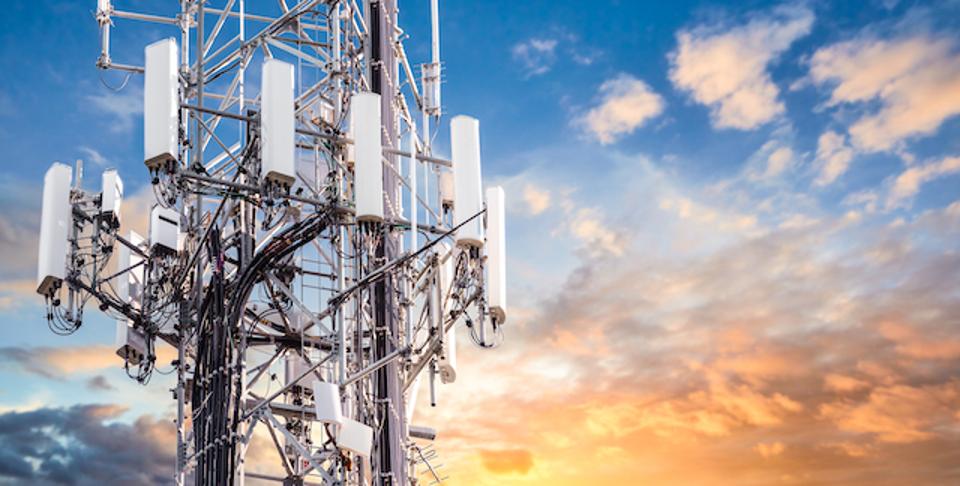If you've ever walked through a town you might have noticed tiny mini 5G cell towers placed on poles for street lighting. They appear like tiny boxes, but they're actually broadcasting wireless signals from cellular providers to your phone.
The smaller ones are being replaced by the larger specially-designed cell towers. While they're less noticeable however, they could cause problems for people.
It is the of the FCC's Radiation Exposure Thresholds
The FCC's Radiation Exposure Thresholds establish the safe distance that one can expose to electromagnetic radiation from wireless devices. The limits of exposure are based on scientific data which show that the energy of RF could cause harm to health.
The rate of absorption called the specific absorption rate (SAR) is a measure of the radiofrequency energy absorbed by tissue. It's typically 1.6 milliwatts per kilogram spread over a kilogram of tissue.
Since 5g is able to transmit at higher frequencies and has the potential to cause greater energy intensity on the skin and other exposed body parts. This can lead to many potential problems, including an increased appearance of skin disorders like dermatitis, cancer of the skin and cataracts.
Because of the potentially negative effects of 5G radiation, PSU has chosen to set a general localized limits on power density, which is 4mW/cm2 measured on 1cm2, and not exceeding 30 minutes for the entire 5G spectrum at 3000 GHz. This localized limit is consistent with the peak spatial-average SAR of 1.6 W/kg averaged over 1 g of tissue at 6 GHz.
The FCC's Maximum Exposure Thresholds for Maximum Exposure
Have you ever used a cell phone, then you've probably realized that a safe range from the tower is at least 400 meters. This is due to the power of transmission from a cell tower increases dramatically the farther your location from the tower.
While faraday hats sounds like something that's good but the truth is that people who live close to towers may actually be more susceptible to health problems. For example, a study from 2014 in India found that those who lived within 50 meters of cell towers experienced significant more health issues than those who were away from the antennas.
But, the study revealed that those who relocated into areas farther away from cell towers noticed their symptoms return to normal within a couple of days. Another study has shown that exposure to high frequencies of radiofrequency electromagnetic fields (EMFs) could cause brain tumors, cancers as well as other health issues.
This is due to the fact that the RF radiation used in wireless communication can penetrate the human body's outer layer, called the skin. This is important to understand because the skin serves as a shield against injuries caused by mechanical forces, infections caused by pathogenic microorganisms and entry of toxic substances. Additionally, it is the most important organ of the human body, and is responsible for keeping the integrity of other organs.
The FCC's Minimum Exposure Thresholds for the Minimum Exposure
The FCC's Minimum Exposition Thresholds are based upon numerous assumptions that are not supported by evidence from science. They include the incorrect belief that short-term exposures RF radiation is safe due to minimal radiation penetration in the human body (i.e. the heating of tissues).
This also overlooks the greater penetration of ELF parts of the modulated RF signal, as well as the consequences on the body of short bursts caused by RF pulses. These assumptions do not correspond with the current understanding of biological consequences of RF radiation. Therefore, they should not be relied upon for health-protection exposure standards.

Furthermore, the ICNIRP and FCC limit their maximum exposure limits to local peak SARs based on the peak frequency of absorption (psSAR), which can be described as not a sufficient dosimetric tool for determining the level of exposure to RF radiation. Particularly it is inconclusive for frequencies that exceed 6 GHz. Additionally, psSAR hasn't been evaluated for RF radiation exposed to other agents of the environment such like sunlight. In faraday cage hats of interactions, RF radiations with different agents in the environment could produce synergistic or antagonistic impacts. faraday cage hat could result in an increased risk of negative health effects. For instance, exposure to RF radiation with sunlight may increase the risk of skin cancer and exacerbate other skin diseases such as acne.
